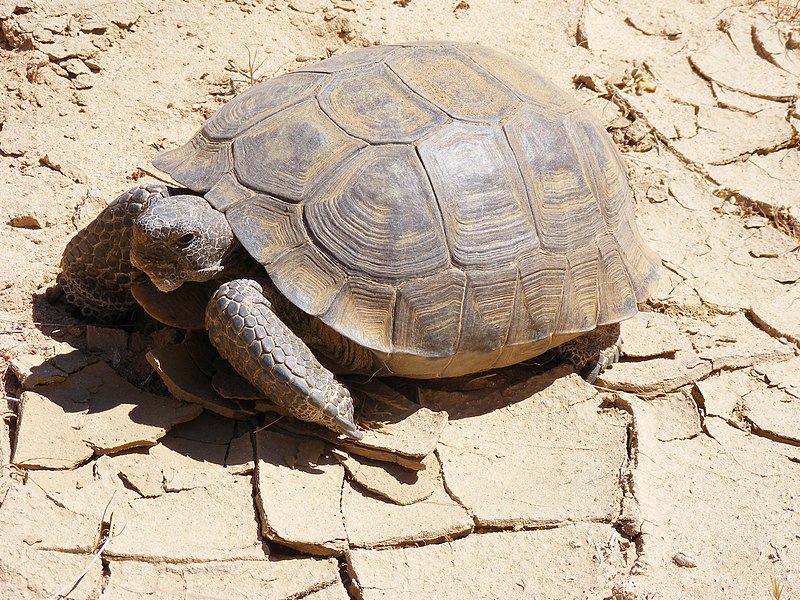Well, the name says it all – Titanoboa!
Snake-oriented web sites will be alive this week with news of the discovery of fossils belonging to a snake of unprecedented size. Writing in the journal Nature, researchers from the Smithsonian Institute and the University of Florida note that Titanoboa was larger than the contrived serpent that “tries to eat Jennifer Lopez in the movie Anaconda” (Ms. Lopez and company appeared at the Bronx Zoo when that movie was in progress, seeking technical advice. I was a reptile keeper at the time, but, sadly for me, the powers that be declined to become involved!).
Colombia‘s Anacondas…now and then
An artist’s rendition of the huge beast casts it much like a very large anaconda. Indeed, the giant is believed to have kept to Colombia’s marshy areas, home to modern-day anacondas. Titanoboa roamed Colombia during the Paleocene Epoch, just after the extinction of the dinosaurs (approximately 65 million years ago).
Chasing Today’s Giants
 There is only one reasonably reliable account of a modern-day snake measuring over 30 feet in length. A reward offered by the Bronx Zoo for another stood uncollected for nearly 100 years.
There is only one reasonably reliable account of a modern-day snake measuring over 30 feet in length. A reward offered by the Bronx Zoo for another stood uncollected for nearly 100 years.
I’ve done my level best to find a record breaking anaconda, and I like to think that she is out there somewhere. The largest  anaconda that I came up with was just over 17 feet long and weighed in at 215 pounds – no Titanoboa, but then again not an easy animal to wrest from the muck of a Venezuelan swamp either. For the full story and some photos of myself and others with that snake, please see my article Hunting Anacondas in the Venezuelan Llanos.
anaconda that I came up with was just over 17 feet long and weighed in at 215 pounds – no Titanoboa, but then again not an easy animal to wrest from the muck of a Venezuelan swamp either. For the full story and some photos of myself and others with that snake, please see my article Hunting Anacondas in the Venezuelan Llanos.
 That Reptile Blog – Reptile, Amphibian and Exotic Pet Care and Information
That Reptile Blog – Reptile, Amphibian and Exotic Pet Care and Information


 The desert tortoise was at one time collected in huge numbers for the pet trade. Unfortunately, most were not properly cared for, and survival rates were abysmal. This, combined with massive habitat loss in the American Southwest, led all states within its range to adopt protective legislation, and to its listing with CITES and the IUCN.
The desert tortoise was at one time collected in huge numbers for the pet trade. Unfortunately, most were not properly cared for, and survival rates were abysmal. This, combined with massive habitat loss in the American Southwest, led all states within its range to adopt protective legislation, and to its listing with CITES and the IUCN.